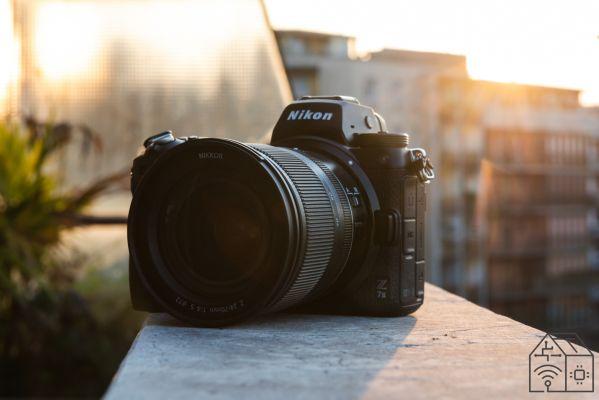
After talking to you a short time ago about Nikon Z6 II, it's time to tackle its big sister, the mirrorless flagship of the Z series. I'm referring to Nikon z7 ii, which with its 45,7 MP sensor is at the top of the pyramid of the yellow and black house for cameras without mirrors. However, as with the Z6 II, the innovations that we find on board this new model are not many, but well aimed at improving its performance.
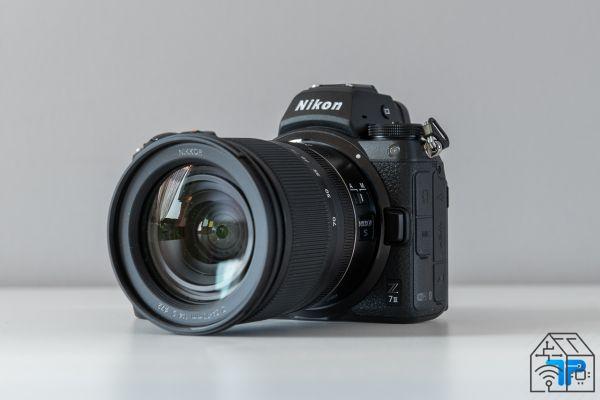
Nikon Z7 II presents itself as a direct competitor of Canon EOS R5 and Sony A7R IV, but also as an ideal model to make the fateful transition to the mirrorless world. As a Nikon D850 owner I have been waiting for the time to make this comparison since the day of the Z7 II announcement and so now I'm ready to go into the details of this review.
- Nikon z7 II: the review
- Mirrorless Nikon Z7 II: corpo ed ergonomics
- Nikon Z7 II: technical characteristics
- The Nikon Z7 II video compartment
- Nikon Z7 II: performance and image quality
- Nikon Z7II o Nikon D850?
- Mirrorless Nikon Z7 II: conclusions
Nikon Z7 II body and ergonomics
For the new Z7 II I make exactly the same speech as I did about Z6 II: design, ergonomics, arrangement of the controls and everything that can affect a purely aesthetic aspect, we are in front of the same camera as 3 years ago. Nothing has changed, same great grip and same great camera handling despite the body size not being very abundant. And this is certainly a good thing, because it means not going to risk twisting a camera body made in a convincing way.
But if I found the same strengths, I was sorry to see the same weaknesses again. One above all the display. Dear Nikon, the time has certainly come to work on a joint that allows the Z series screens to rotate completely. Just like the most direct competitors do.
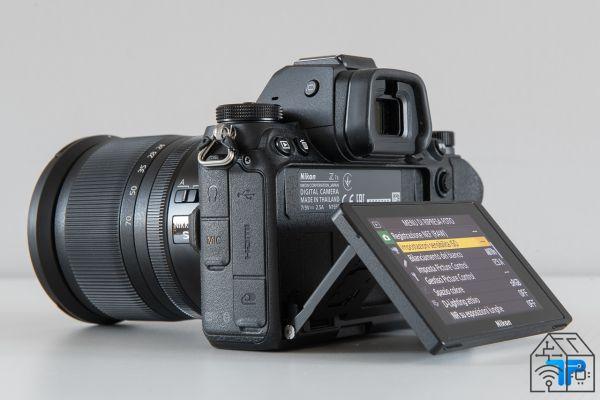
Nikon Z7 II is therefore basically identical to its sisters, all controls are easy to access making using this camera very pleasant. From my point of view one of the best in terms of practicality, even better thanks to the more direct control over the focus modes (including those for face and eye detection). In order to be considered perfect from this point of view, I think it only lacks a ring for the rapid selection of the shutter speed. It would have been convenient to have a second coaxial ring to that of the modes, just like with reflex cameras.
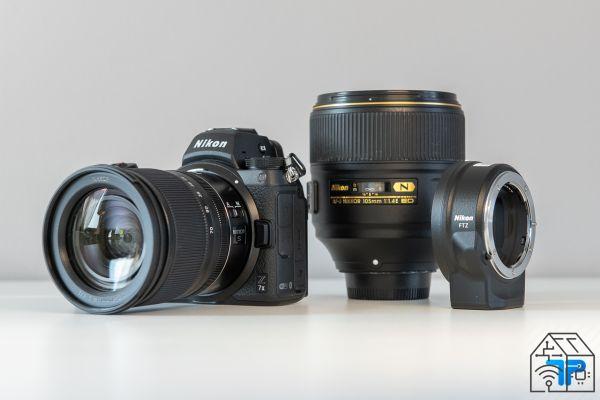
The body is still mainly made of aluminum and is resistant to atmospheric agents. This is to have a light but at the same time sturdy instrument.
However, there is a difference and it is one of the innovations that take the Z7 II one step higher. This is the dual memory card slots, one for the more traditional SD cards and one that accepts both the XQD (like the previous model) and the even better performing ones cfexpress.
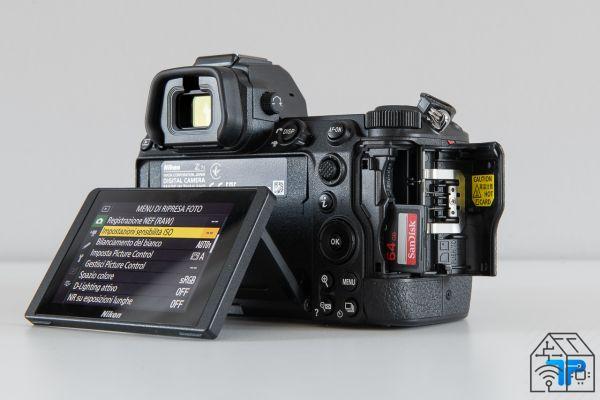
If I have already said my opinion of the display, I would also like to emphasize how I would have appreciated an update regarding the electronic viewfinder. The resolution of 3,69 megapixels is significantly lower than that of many competing mirrorless cameras. However, this does not mean that it is not a good viewfinder, on the contrary, but sometimes these numbers can make a difference. However, the blackout time has been reduced, a very important aspect when we carry out bursts at high rates so as not to lose the movement of our subject.
Technical features
Even looking inside Nikon Z7 II we will not find major differences from the past. The heart is represented by the same 45,7 million-pixel back-illuminated sensor which I had greatly appreciated on the Z7. What changes, however, is the user experience thanks to the dual EXPEED processor 6. There are several improvements that this solution entails, starting from a greater number of frames per second, are now 10, to arrive at a decidedly more snappy overall management. The dual processor has raised the buffer performance by 3,3 times, which especially when using CFexpress cards allows substantially infinite bursts.
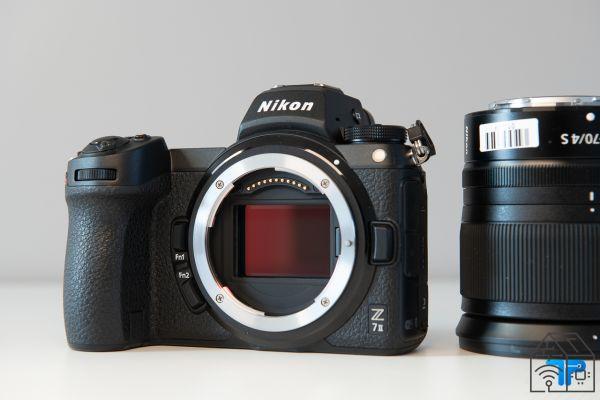
All this speed, however, must necessarily be supported by an AF system at the height. Nikon Z7 II repeats the same 493-point module of the first version, but there are also news on this aspect. The credit still goes to the dual processor that made it more responsive, but also to the introduction of the mode Wide area AF including face and eye detection. Also improved the ability to lock onto a subject in low light (down to -3EV).
Some news also on the power front. Nikon Z7 II battery identification is EN-EL15c, then a new version. It can be powered via USB-C even during use, but in any case in the field it is able to offer the necessary autonomy for over 400 shots if we use the display and something less if the EVF is active.
The Nikon Z7 II video compartment
Some updates have also been brought to the video sector. This full-frame mirrorless is now capable of record directly in the camera with 4K resolution at 60p, compared to just 30p achieved by the Z7. To reach this resolution, however, a small crop (1.08x) is required which translates into being able to exploit 93% of the sensor width. The possibilities increase if we connect an external recorder, also being able to count on the HLG (Hybrid Log Gamma).
Performance and image quality
The presence of the dual processor is there and you can feel it. In addition to the good 10fps burst, the advantages are in the speed with which Nikon Z7 II manages to lock the focus point. Using both phase and contrast detection helps in this regard. I also really appreciated the novelties in terms of face and eye recognition. Even in conditions where the background of the scene is confusing, this full-frame mirrorless is able to detect the face first and then also the eyes of a subject in a fraction of a second. The detection will automatically pass from the face to the individual eyes according to the situation.
Thanks to predictive trackingin addition, the focus precisely follows the locked subject within the frame. Some problems arise when something stands between the mirrorless and our subject, making us lose perhaps precious moments. For this reason, even if overall we are in front of a very reliable system, it is still not at the level of EOS R5 to name one of the most direct competitors. For this reason, although ideally suited to action photography, I believe that Nikon users for this genre will continue to prefer an SLR such as the D850 or the D6.
Speaking instead of file quality there is no denying, we are in front of a high-profile camera. The sensor is the same that accompanies both the Z7 and D850 and the level of detail offered is impressive. This is also due to the quality of the Nikkor Z optics. In the same way, the dynamic range, which therefore allows us to have great freedom in post-production with RAW files. In fact, it is possible to recover many details both in the shadows and in the highlights. Matrix metering is capable of preserving the brighter areas of images taken with Nikon Z7 II very well.
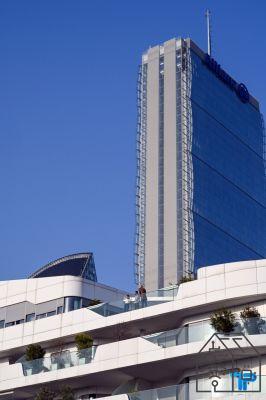
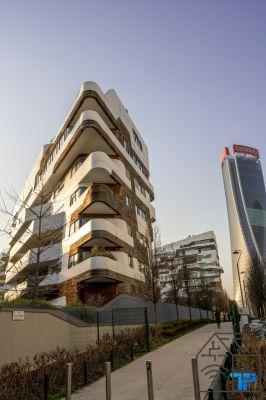
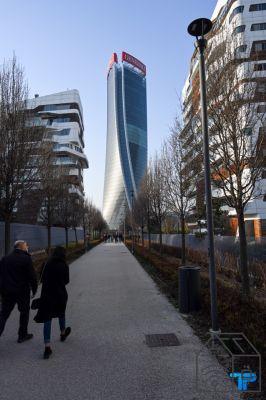
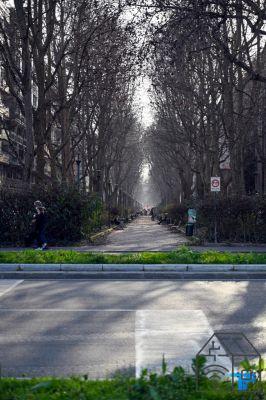
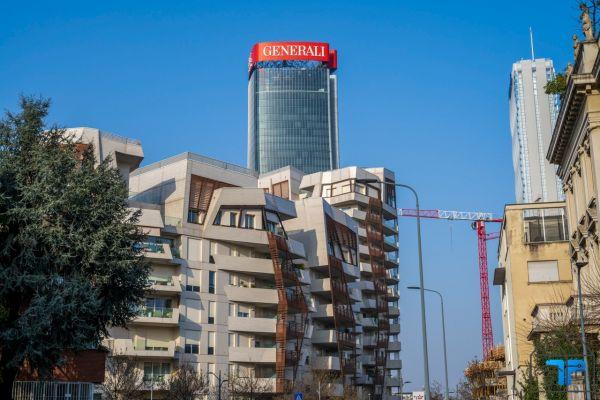

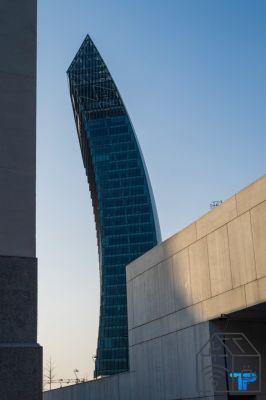
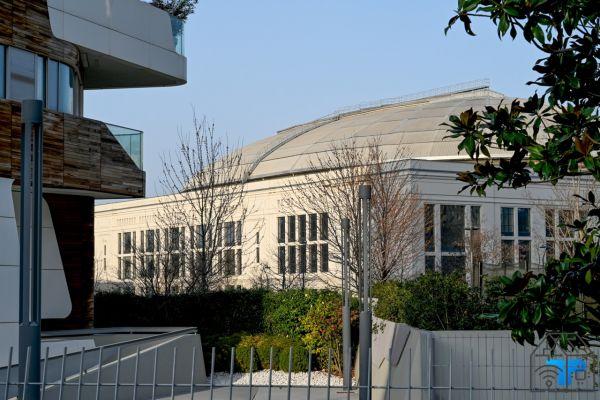
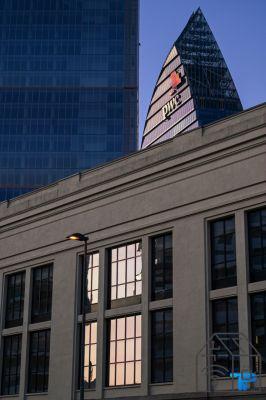
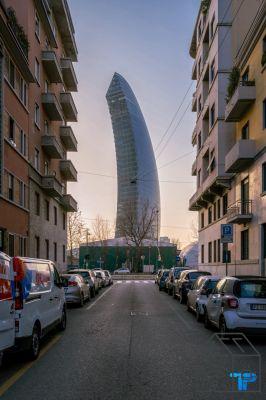

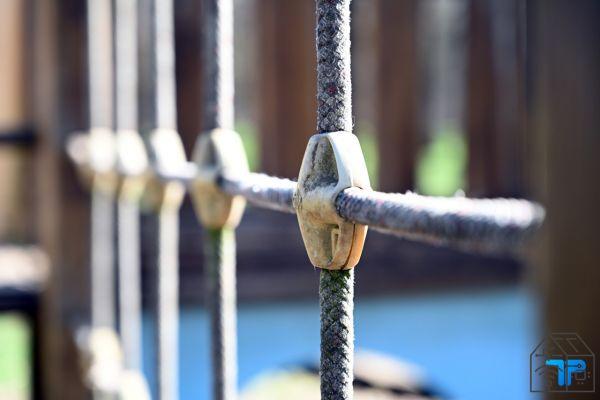
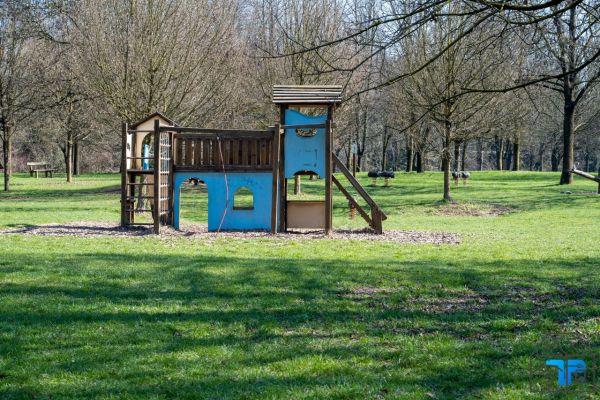


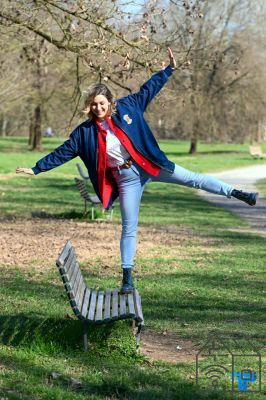
As far as noise management is concerned, we have not had the same performance as the younger sister Z6 II, but in any case we are in front of an excellent mirrorless even in this area. The higher pixel density on a sensor of the same size is felt. In any case, up to ISO 12.800 the results are appreciable, even if the appearance of the first signs of deterioration of the image we have them at ISO 6400. In fact, at this sensitivity we begin to lose definition on the edges of objects and the presence of noise is consistent. This does not mean that at lower sensitivities there are no signs of noise, but that the seal is good and that with an editing software we can eliminate every trace of it without affecting the overall image quality.
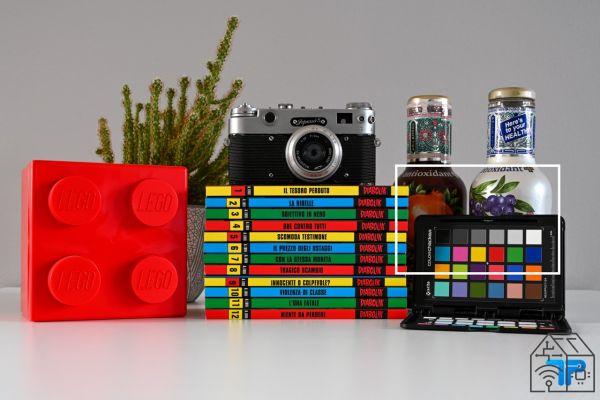
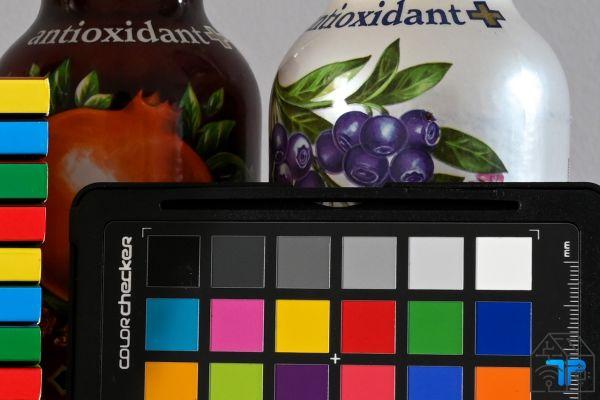
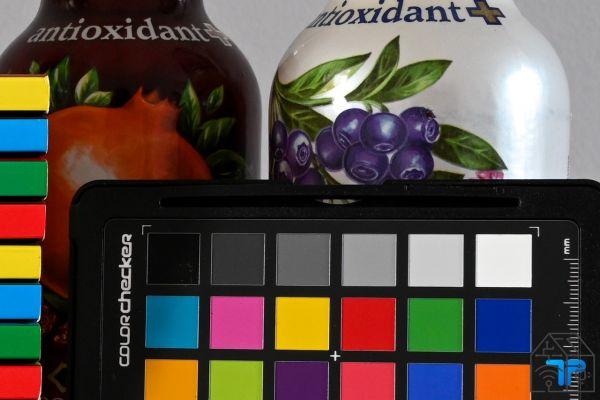
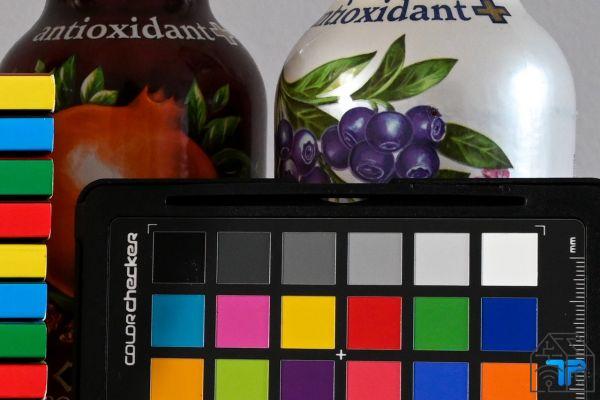

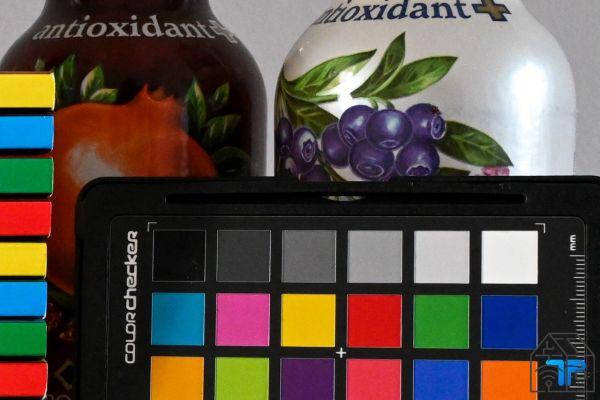
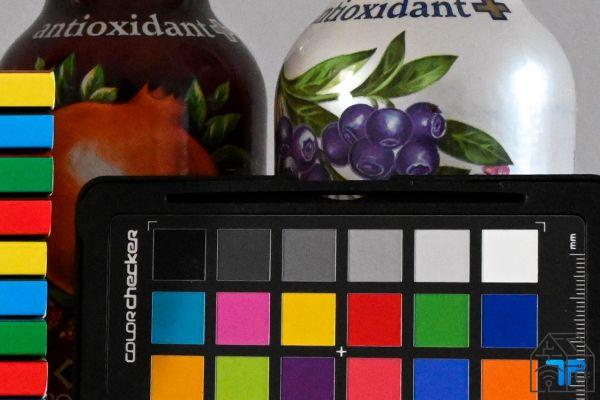
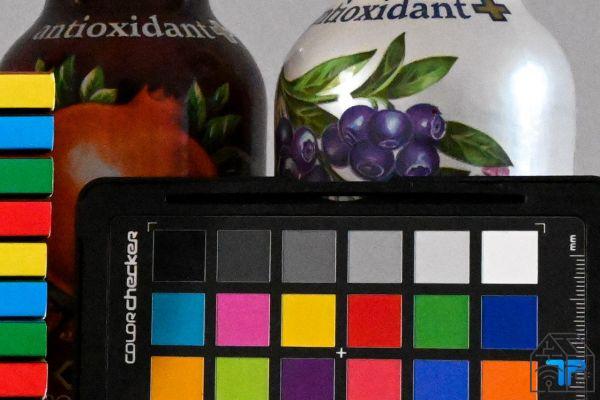
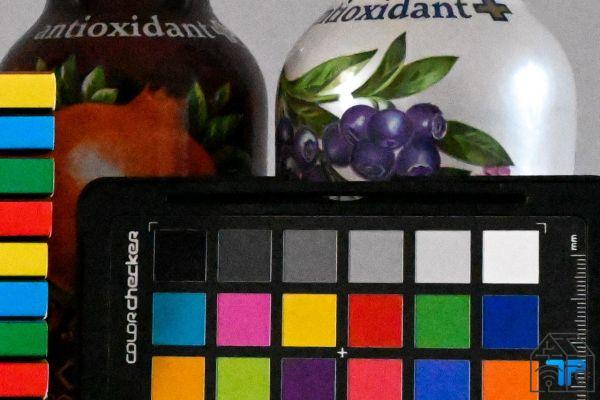
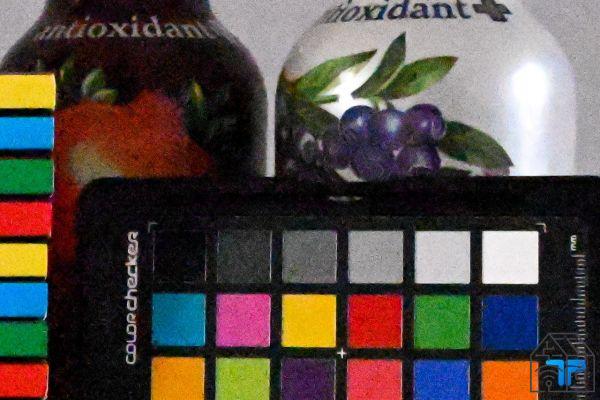
Nikon Z7 II o Nikon D850?
And here we are with the question of questions. Is it really time for Nikon users to embrace the Z system as well, or are DSLRs like the D850 still superior? The discussion can be very broad and for this reason today is not the time to address the issue in its entirety. But as I said in the video answering Fjona's question there are valid reasons to stay faithful to the reflex system and equally valid reasons to marry the mirrorless system.
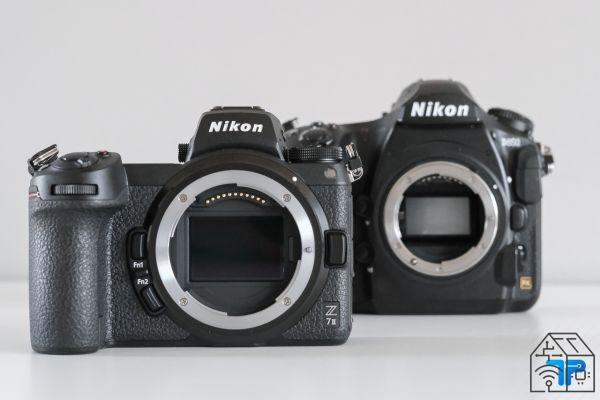
Simplifying as much as possible we can say that in terms of image quality the results are very similar, but perhaps the Z7 II has something more. Three more abundant years of development are felt and have allowed Nikon to achieve exceptional results in terms of dynamic range with this Z7 II. Furthermore, the advantage of being able to count on extremely sharp optics leads to tip the scales on the side of the mirrorless. Weight and size also certainly bring another point to the mirrorless cause.
However, there are many other aspects to consider, such as speed, handling and performance of the AF system. Ability to customize the camera, flash sync and more that instead leads me to prefer my D850 today.
But as I said, today is the day to talk about Nikon Z7 II not to make this detailed comparison, which will arrive in a few days. So as many say: stay tuned!
Nikon Z7 II: conclusions
The differences with the previous model are few, but very appreciated. Nikon Z7 II looks like a more complete camera but I can't hide behind a finger. In absolute, in fact, I would have expected something more from Nikon, who instead preferred to play on hold and place just a few winning shots. To keep up with Canon, Sony and even Panasonic, however, I think it would have been better to try to attack more, to take risks. But who knows, maybe the real blow will come later this year, given that there is talk of the arrival of another new mirrorless to be compared this time with Nikon D6.
Despite this, Nikon Z7 II is a solid mirrorless in many respects and last but not least that of the price. This mirrorless is on the market at considerably lower figures than its direct competitors and the image quality offered is very high. For the kit I had supplied for this review (Nikon Z7 II, 24-70mm f / 4 and FTZ adapter) you have to spend 4149€. For the body alone plus adapter, € 3549 is enough. I'll be back to make a comparison with what I said about Z6 II: we are faced with a camera that has a lot to offer, nothing to envy to the competition but at the same time does not clearly stand out from the crowd.
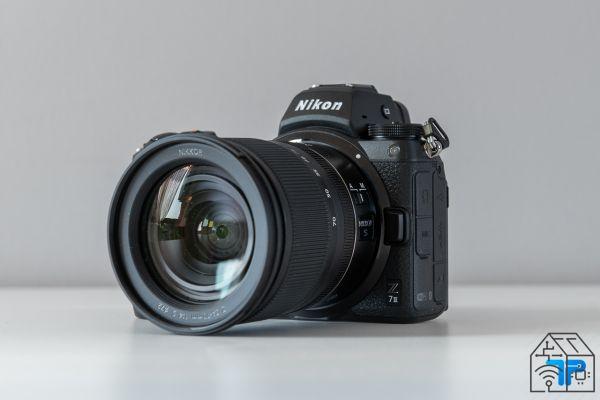
Nikon z7 ii
Pro 
- Image quality
- Ergonomic spaces and furniture
- Stabilisation phase
- Material qualities
- Dimensions:
- Price
Cons 
- EVF resolution
- Display not fully adjustable
- AF to be refined


























